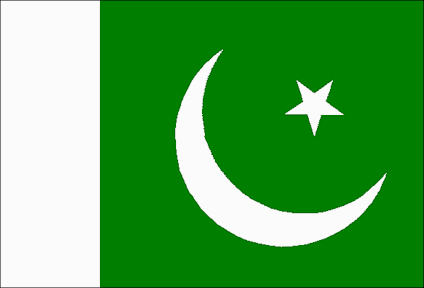





The Balochistan Plateau in western Pakistan lies east of the Sulaiman and Kirthar ranges, with an average elevation of about 600 meters. Mountains spread in various directions, attaining elevations of 2,000-3,000 meters, though plateaus and basins predominate the scene. The Toba Kakar Range and Chagai hills in the north form the border of Pakistan with Afghanistan. The mountains and hills are carved by innumerable channels which contain water only after rains, though little water reaches the low-lying basins. Numerous alluvial fans are found in the Balochistan Desert. A structural depression separates the Chagai Hills and the Ras Koh Range to the south, consisting of flood plains and areas covered with thin layers of salt. Outside the monsoon zone, Balochistan receives scanty and irregular rainfall (4 inches); the temperature is very high in summer and very low in winter. Apart from the Toba Kakar Range, which has scattered juniper, tamarisk and pistachio trees, the other ranges are largely devoid of vegetation. Most of the people, therefore, lead nomadic life, raising camels, sheep and goats. The Siahan Range is in the west-central part of Balochistan, while the coastal Mekran ranges which skirts the south of Pakistan contains valuable deposits of coal, iron, gas, cromite, copper and several other minerals. Balochistan is fortunate to have considerable mineral wealth of natural gas, coal, chromite, lead, sulphur and marble.
On 28 May 1998 Pakistan announced that it had conducted five (simultaneous) nuclear weapons tests, in response to the same number of nuclear tests by India. Two days later, Pakistan conducted at least one additional underground test. Contrary to prior expectations, these tests were not conducted in the Chagai Hills, but rather at two widely separated locations to the south.
As many as three sets of coordinates for the test locations are available from different sources: the CTBT Prototype International Data Center [PIDC]; the US Geological Survey; and from satellite imagery that covers the actual test site as identified through imagery analysis and collateral information. In four of the five cases, the estimated seismic location was found to be to the northwest of the actual location as determined using satellite imagery. It is evidently the case that seismic monitoring can locate detectable underground nuclear weapons tests with an accuracy of a few dozen kilometers.
28 May 1998 30 May 1998 SEISMIC PIDC 28.903N 64.893E 28.494N 63.781E USGS 28.950N 64.720E 28.720N 64.020E Barker 28.830N 64.950E --- average 28.894N 64.854E 28.607N 63.900E IMAGERY 28.83 N 65.20 E 28.350N 63.869E bias PIDC 31 km 18 km USGS 49 km 34 km Barker 24 km -- average 35 km 28 km
